How to Give Your Garden a Second Life at Night
Winter’s quiet dormancy is the perfect time for reflection while seeking inspiration for the growing months ahead.
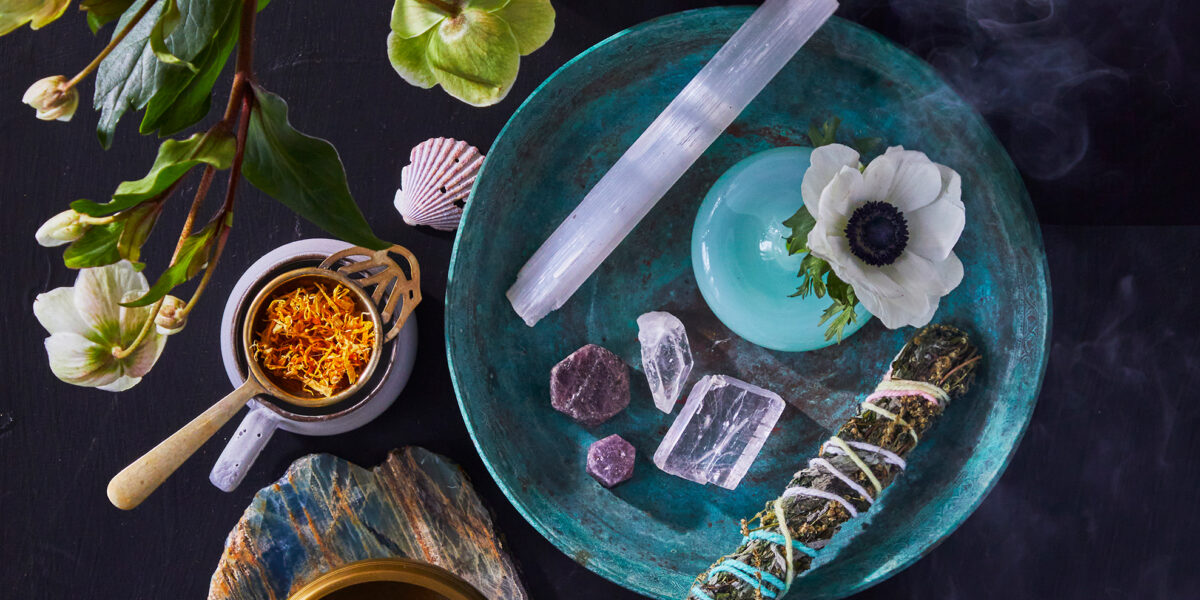
Winter’s quiet dormancy is the perfect time for reflection while seeking inspiration for the growing months ahead. Landscape and interior plant designer Jarema Osofsky’s latest book, Moon Garden: A Guide to Creating an Evening Oasis, encourages us to create green spaces that are beautiful by day but come alive at night by attracting nocturnal creatures and releasing scents after sundown. Here she shares seasonal tips and design how-tos for creating a rejuvenating space, as well as soothing rituals and calming meditations to practice as we head into the new year.
The Anatomy of a Moon Garden
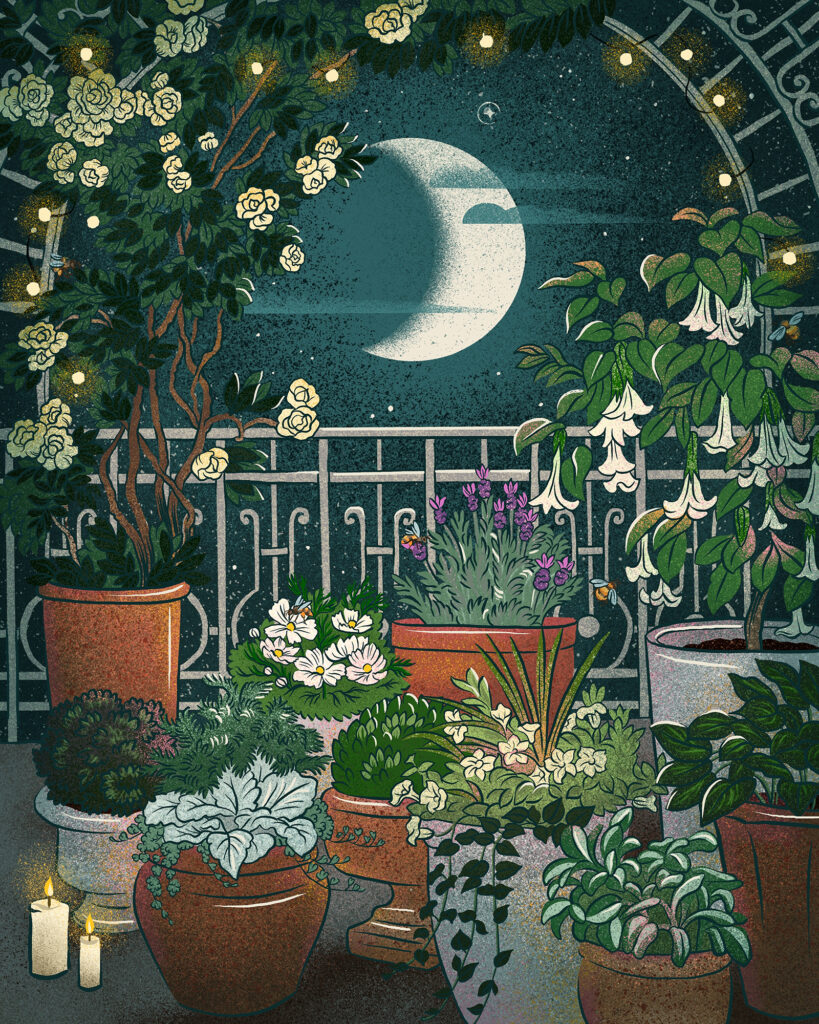
From “Moon Garden: A Guide to Creating an Evening Oasis” by Jarema Osofsky, © 2023. Illustrations © Jill DeHaan. Published by Chronicle Books, LLC
Being in the garden at night is an immersive, sensorial experience. As daylight fades, Jarema encourages you to focus on your sense of smell and listen more deeply to your surroundings while paying attention to the subtle gradations of color. The moon-garden palette is made up of whites, silvers, greens, yellows, and purples. For winter application, Osofsky suggests homing in on white flowers like hellebores or mock orange, paired with the silver foliage of artemisia and lavender. Whether you plant yours indoors, in a sheltered patio pot, or in a small window box, these white pops glow after dusk while silver shimmers under the full moon. Try mixing fine-textured leaves like grasses with larger, bold-leafed shrubs to create movement and visual interest.
Invite Nature Indoors
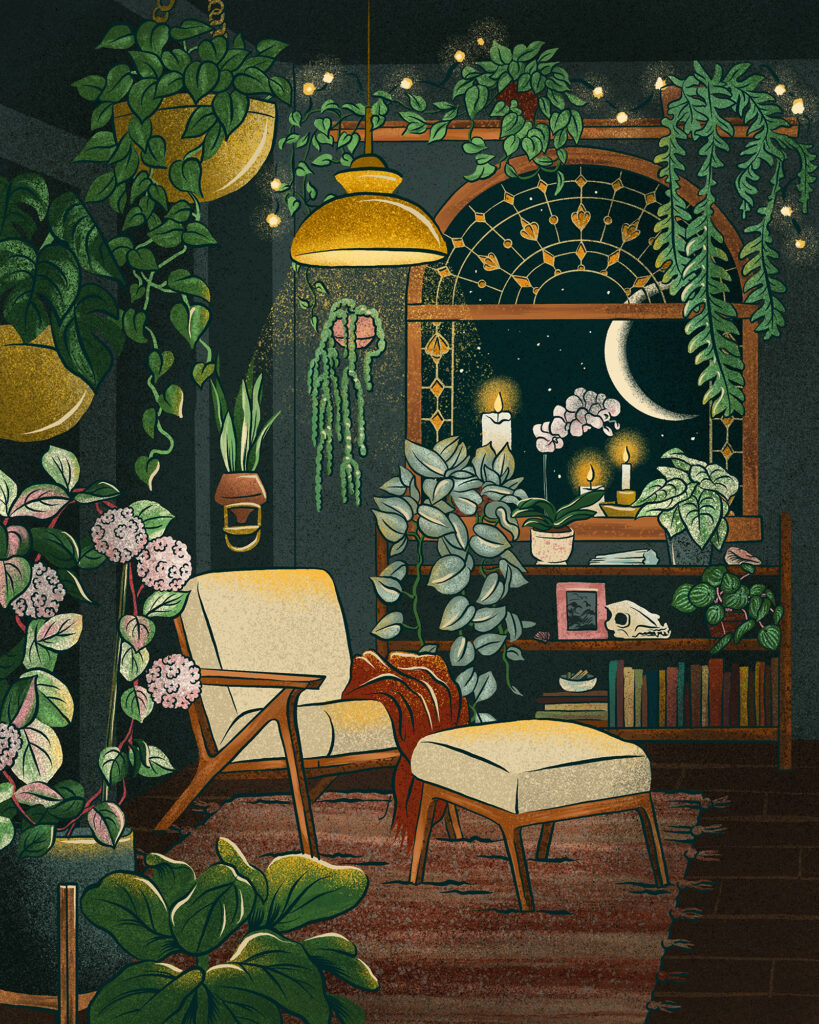
From “Moon Garden: A Guide to Creating an Evening Oasis” by Jarema Osofsky, © 2023. Illustrations © Jill DeHaan. Published by Chronicle Books, LLC
With daylight hours shortened, Osofsky finds it especially important to maintain a connection with nature. She fills her apartment with tropical and arid plants, integrating blooming plants for their pops of color and scent. Try potted pink jasmine (Jasminum polyanthum) as an unexpected indoor addition, which offers a heavenly fragrance, rosy buds, and cascading foliage to liven up your interior.
When it comes to building moon-garden texture indoors, Osofsky advises creating potted-plant arrangements, building a background layer of dark green foliage. Plants such as lady palm (Rhapis palm), umbrella plant (Schefflera amate), and fiddle-leaf fig (Ficus lyrata) can offer some dramatic contrast, allowing smaller plants with lighter colors to pop in front.
Mindfulness for the New Year
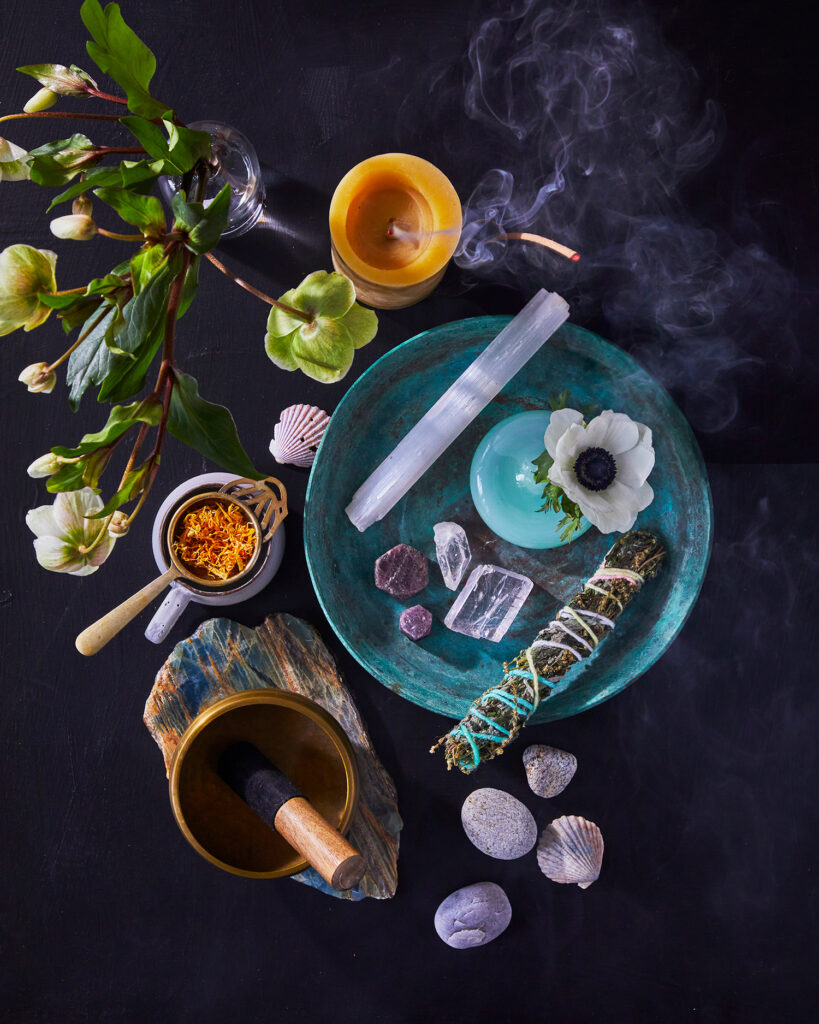
From “Moon Garden: A Guide to Creating an Evening Oasis” by Jarema Osofsky, © 2023. Photographs © Kate S. Jordan. Published by Chronicle Books, LLC
Jarema wants to motivate you into thinking deeper about personal relationships with your garden as we enter into the new year. Starting a growing journal to record planting schedules and track progress is an easy way to pay closer attention to the small living details around you. Perhaps this is the season to learn which plants are indigenous to your bioregion and create a moon garden that is part of a larger ecosystem, one that can be a source of sustenance for local birds, insects, and other wildlife. By creating a natural space intended for nurturing, your garden can be not only a source of healing and a site of spiritual practice for yourself but a resource-rich habitat for local species, too.
Buy the Book:
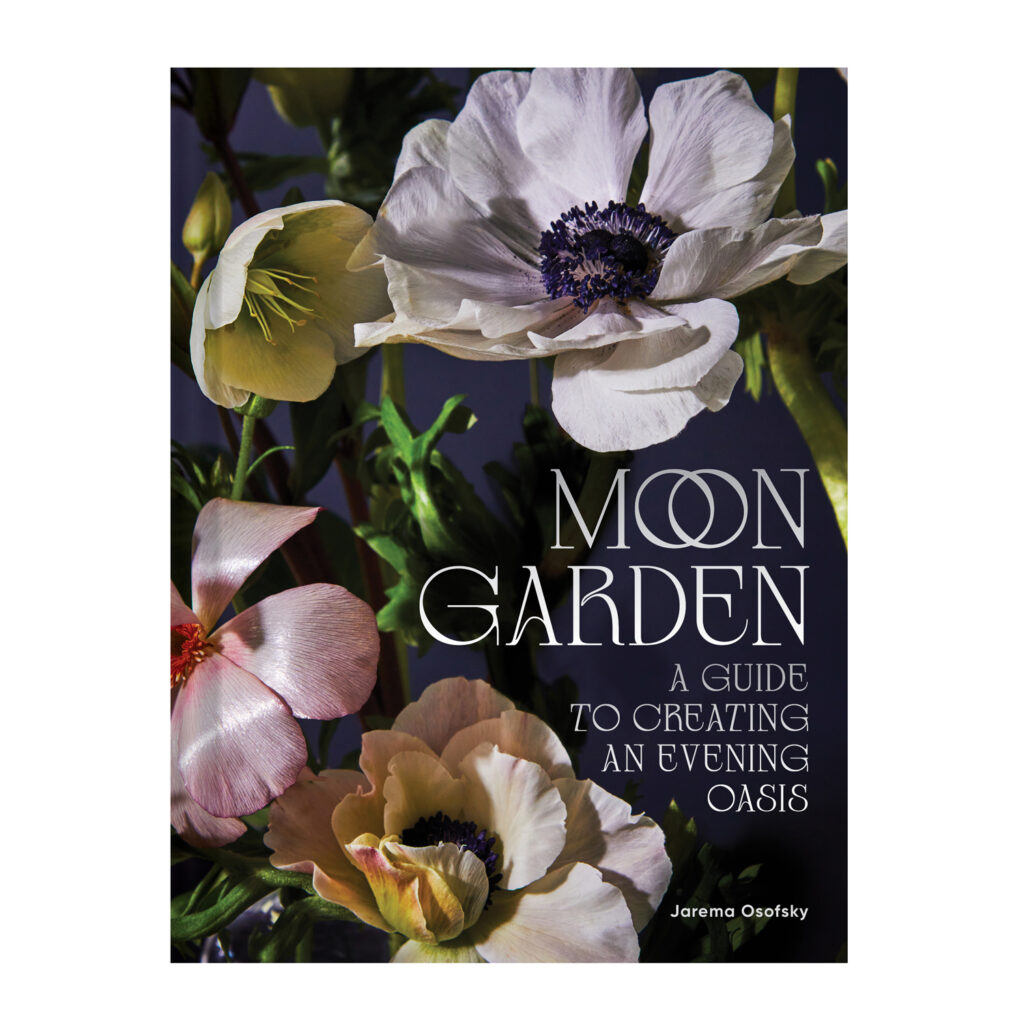
From “Moon Garden: A Guide to Creating an Evening Oasis” by Jarema Osofsky, © 2023. Photographs © Kate S. Jordan. Illustrations © Jill DeHaan. Published by Chronicle Books, LLC
We only recommend things we love. If you buy something through our site, we might earn a commission.